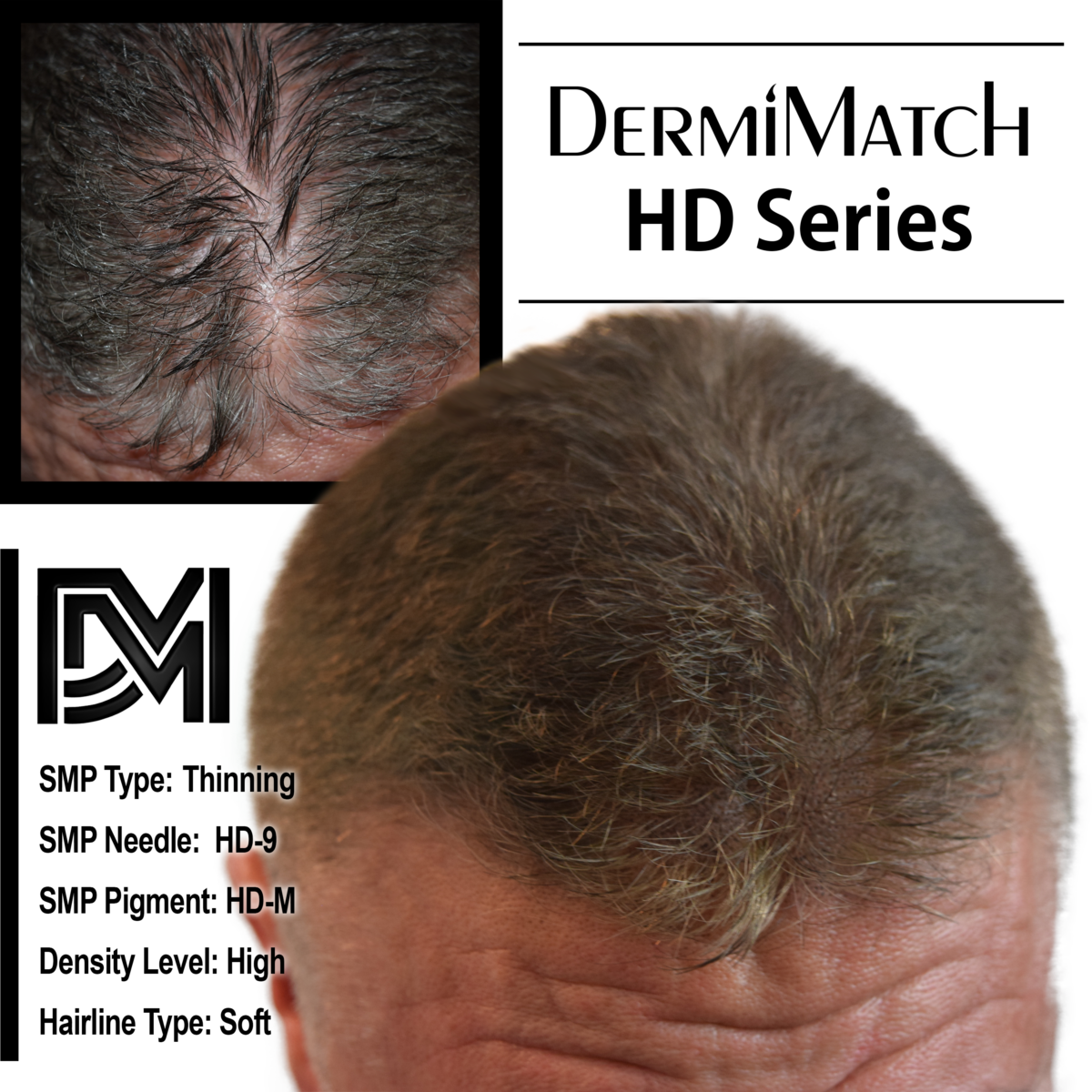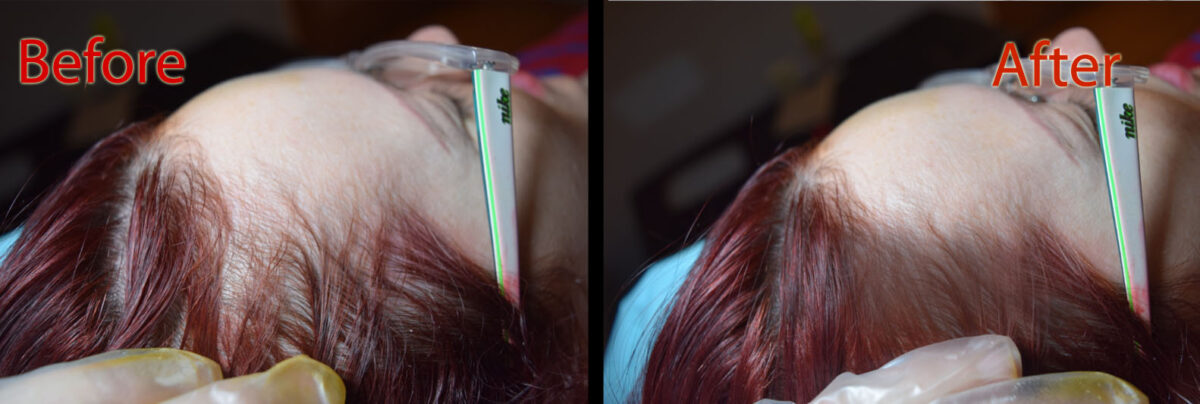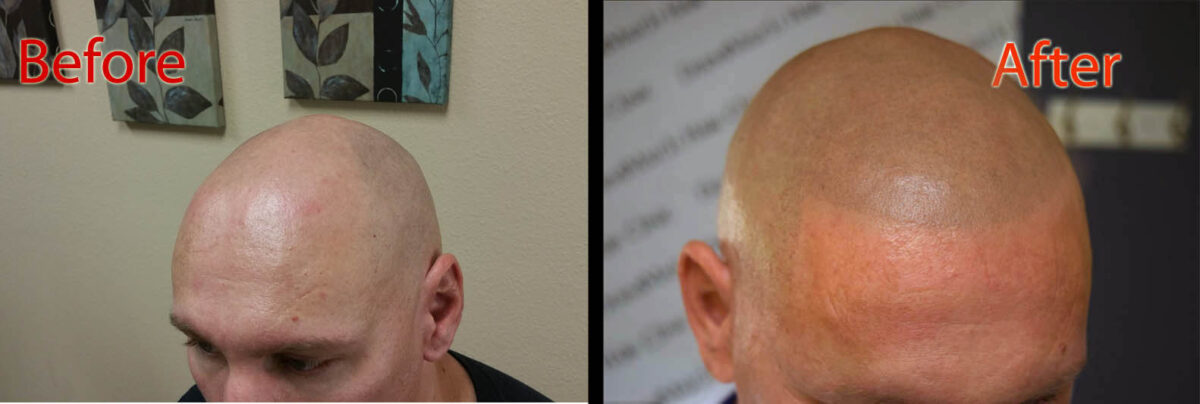Male pattern baldness, or androgenetic alopecia, is a gradual thinning of hair on the scalp. The condition commonly affects the crown and temples. Unfortunately, it affects up to 50% of men by age 50 and 2/3rds by 30.
What’s the Cause of Male Pattern Baldness?
While genetics play a significant role, the exact cause is not known. However, it is thought to be caused by hormonal interplay and genetics.
The genes you inherit from your parents play a role in determining whether you are susceptible to pattern balding. Besides, the dihydrotestosterone (DHT) hormone is also thought to play a role that shrinks hair follicles over time.
Symptoms
It begins with a receding hairline as the first sign of pattern hair loss in men at the temples. The hair loss progresses upwards. Besides, other symptoms include:
- Thinning hair on the scalp crown
- Circular patches of baldness
- A widening of the part in your hair
Stages of Male Pattern Baldness
It emphasizes early awareness and understanding of the Norwood scale, which outlines the 7 stages of hair loss:
Stage 1
Slight hair loss in the form of subtle thinning around temples, which often goes unnoticed. Gradually, thinning around the temples begins to be noticeable. When that happens, you may feel that the hairline is receding.
Stage 2
The receding hairline becomes more noticeable as a “widow’s peak around the temples and above the upper brow. Some might even notice the dreaded M-shape. There is a visible horseshoe formation at the hairline.
Stage 3 of male pattern baldness
This is the stage where most men find they are victims of hair loss as there is a significant reduction in the amount of hair on the temples. As a result, there is little to no hair. Besides, the crown has hair thinning, with visible signs of baldness.
Now is the time to make a decision whether you wish to go for a hair restoration treatment or are okay with hair loss.
Stage 4
When you hit stage 4 of male pattern baldness, you start to notice bald patches on temples and crown. Unfortunately, the crown area thins out further, creating a wider bald area and a deepening M-shape hairline.
Stage 5
There is significant hair loss at this stage. There is further thinning of the band of hair between the crown and the hairline.
Stage 6
Most men feel embarrassed when their pattern baldness reaches this stage, with concentrated baldness in the middle of the scalp. Unfortunately, there is no bridge of hair as baldness becomes concentrated. What’s left is a horseshoe-shaped hairline.
What’s more, you may begin to spot hair thinning around the ear area.
Stage 7
When you hit stage 7, the last of the stages of male pattern baldness. Complete baldness is on top, with only a horseshoe pattern remaining along the sides and back. Hair may be thicker at the back of the scalp when there is no hair everywhere else.
How to deal with male pattern baldness
Unfortunately, there aren’t many treatment options for the progression of pattern hair loss. It is essential to acknowledge hair loss early. Hair concealment options, such as scalp micropigmentation, can help at any stage as it helps cover pattern baldness.
By being informed and aware of treatment options, you can overcome the problem gracefully. Contact SMP experts in Arizona to get the best job done. Top scalp artists are available at DermiMatch Clinic in Arizona. Schedule your consultation now.



